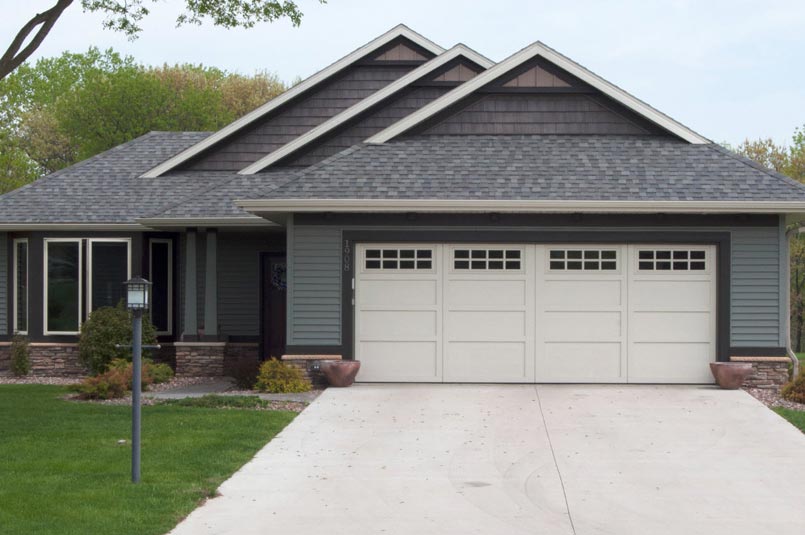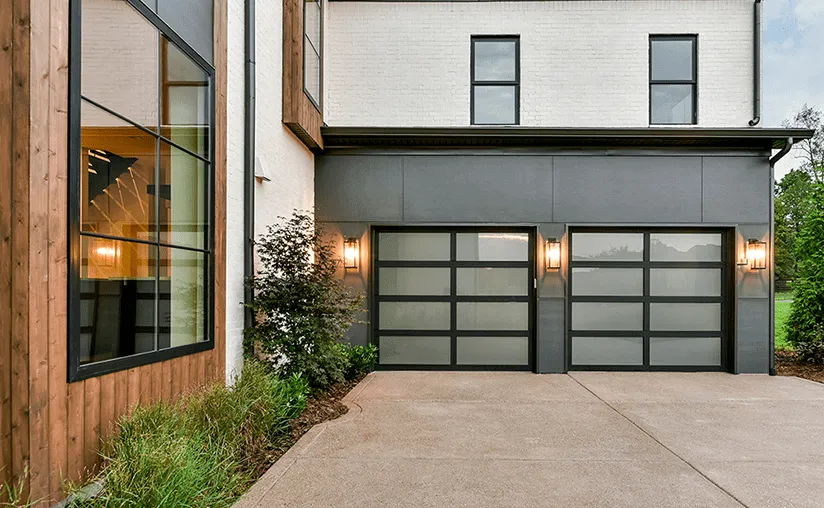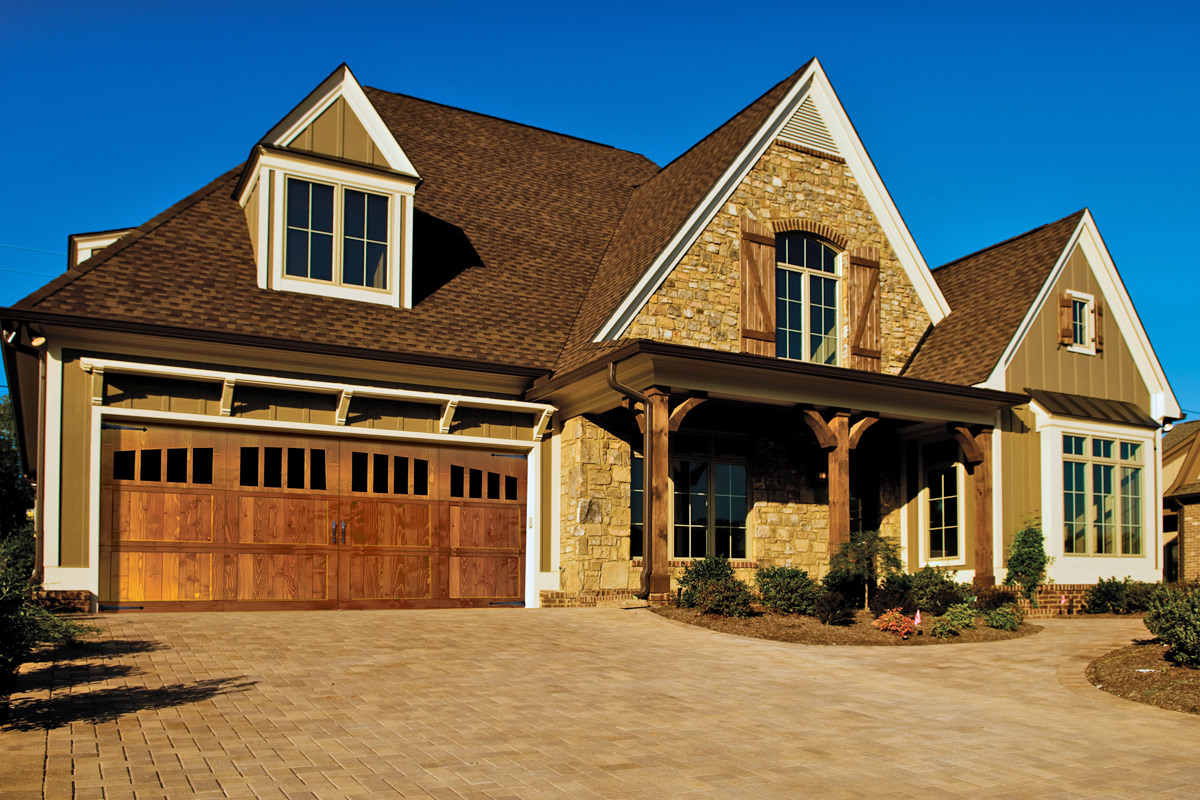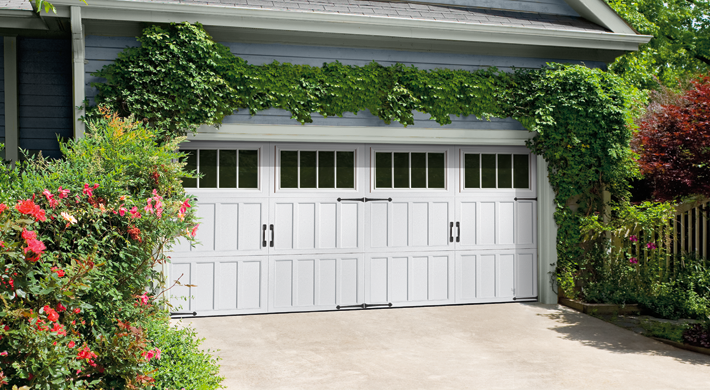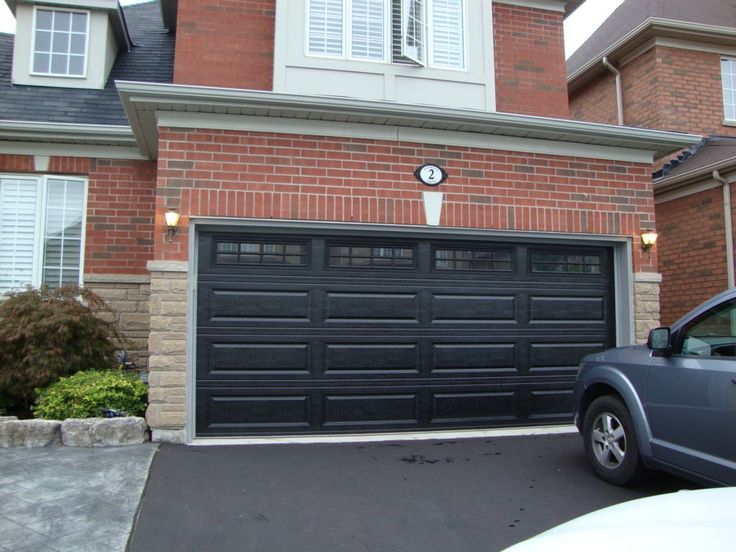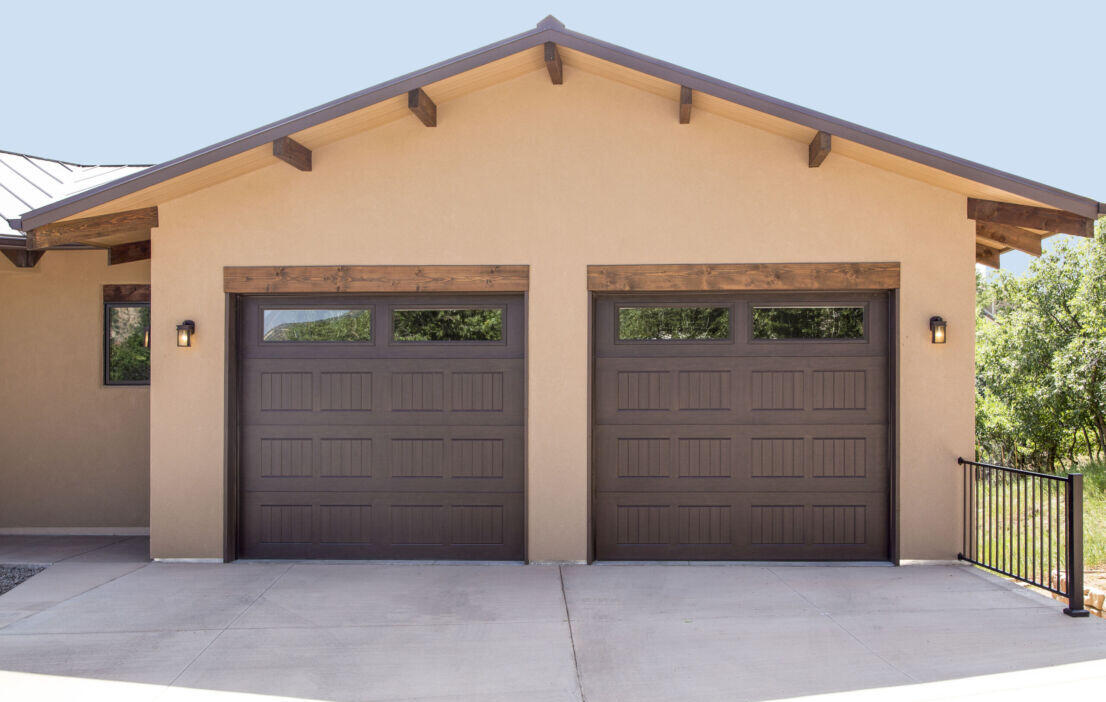As a homeowner, encountering a garage door that won’t close can be both inconvenient and perplexing. The reasons your garage door won’t close can vary, from simple obstructions to more complex mechanical failures. In this article, well explore common causes and how you can address them effectively.

1. Sensor Obstructions
One of the most frequent reasons your garage door won’t close is due to obstructions in the path of the sensors. These sensors are located near the ground on either side of the door. If there is anything blocking them, the door will not close as a safety precaution. Make sure both sensors are clean and aligned properly.
2. Misaligned Sensors
Even if there are no visible obstructions, the sensors might be misaligned. If the sensors are not directly facing each other, they may not function correctly. This misalignment could prevent your garage door from closing properly.
Fixing Sensor Issues
To fix sensor issues, gently adjust the sensors until they are aligned. Ensure that the indicator lights on the sensors are both illuminated, indicating proper alignment. For more detailed guidance, you can visit this helpful guide.
3. Remote Control Malfunction
Sometimes, the issue might not be with the door itself but with the remote control. Check the batteries in your remote control, and if theyre fine, try reprogramming the remote to the garage door opener.
4. Broken Springs or Cables
Broken springs or cables can also be reasons your garage door won’t close. These components carry the weight of the garage door as it opens and closes. If they are damaged, the door might not function properly.
Identifying Broken Springs
The most obvious sign of broken springs is the door appearing crooked or heavy when manually operated. To address this, it’s best to contact a professional for repairs. For more information on garage door maintenance, check this external resource.
5. Track Misalignment
A misaligned track can cause significant operational issues, preventing the door from closing smoothly. Listen for any squeaking or grinding sounds, which can be indicators of a track problem.
Correcting Track Issues
To fix this, examine the tracks for gaps between the rollers and rail, and tighten any loose bolts. If the problem persists, professional assistance may be required.
6. Manual Lock Engaged
Sometimes, the manual lock on your garage door may be inadvertently engaged, preventing the door from closing. Check to ensure that the lock handle is in the ‘open’ position.
7. Problems with the Limit Setting
The limit setting tells the garage door opener how far the door should move before it is fully closed. If the setting is off, the door might not close completely.
Adjusting the Limit Setting
Consult your garage door opener’s manual to correctly adjust the limit settings. This adjustment can usually be made with a screw on the motor unit.
8. Weather Conditions
Extreme weather conditions can affect the functionality of your garage door. Cold temperatures can cause the door to contract, while humidity can cause it to swell, leading to difficulties in closing.
Addressing Weather-Related Issues
In such cases, insulation and regular maintenance are key. For more tips on maintaining your garage door throughout the year, refer to this yearly maintenance guide.
9. Electrical Problems
Electrical issues could be another reason your garage door wont close. A power outage or a short circuit in the system can prevent the door from operating.
Troubleshooting Electrical Issues
Ensure your garage door opener is plugged in and that the circuit breaker is not tripped. If the issue persists, a professional electrician may be required.
10. Worn-Out Rollers
Rollers that are worn out or damaged can cause the door to become stuck or not close properly.
Replacing Rollers
Inspect the rollers for signs of wear and tear. Replacing them can significantly improve the operation of your garage door. For more information on garage door components, visit this resource.
11. Door Balance Issues
If the garage door is not balanced correctly, it may not close all the way. A balanced door should be able to stay in place if stopped halfway up.
Testing Door Balance
To test the balance, disconnect the opener and manually move the door halfway. If it does not stay in place, you may need to adjust the balance or call a professional for assistance.
12. Debris in the Tracks
Debris or dirt in the tracks can obstruct the doors path and prevent it from closing.
Cleaning the Tracks
Regularly clean the tracks using a damp cloth and remove any debris. For more maintenance tips, check this guide.
13. Opener Settings
Sometimes, the settings on your garage door opener may need adjustment. If the door is closing too quickly or slowly, it might stop before reaching the ground.
Adjusting Opener Settings
Consult the user manual to adjust the force and speed settings on your opener. This can often resolve issues with the door not closing properly.
14. Interference from Nearby Devices
Devices emitting signals on the same frequency can interfere with the operation of your garage door opener.
Reducing Interference
To reduce interference, identify and relocate devices that may be causing the issue. If necessary, reprogram your garage door opener to a different frequency.
15. Professional Inspection
If the above solutions do not resolve the issue, it may be time to call a professional for a thorough inspection.
When to Seek Help
Professional assistance is recommended if the problem persists, as they can diagnose and fix more complex issues effectively. For professional help, consider visiting this page.

Frequently Asked Questions
Why does my garage door reverse after closing?
This could be due to sensor issues or an obstruction in the door’s path. Check and clear any obstructions and ensure the sensors are aligned.
How can I manually close my garage door?
To manually close your garage door, disconnect the opener and gently lower the door by hand. Be cautious of the door’s weight.
What regular maintenance should I perform?
Regular maintenance includes cleaning the tracks, lubricating moving parts, and checking the balance of the door. For a detailed maintenance schedule, refer to this maintenance guide.
This article contains affiliate links. We may earn a commission at no extra cost to you.




